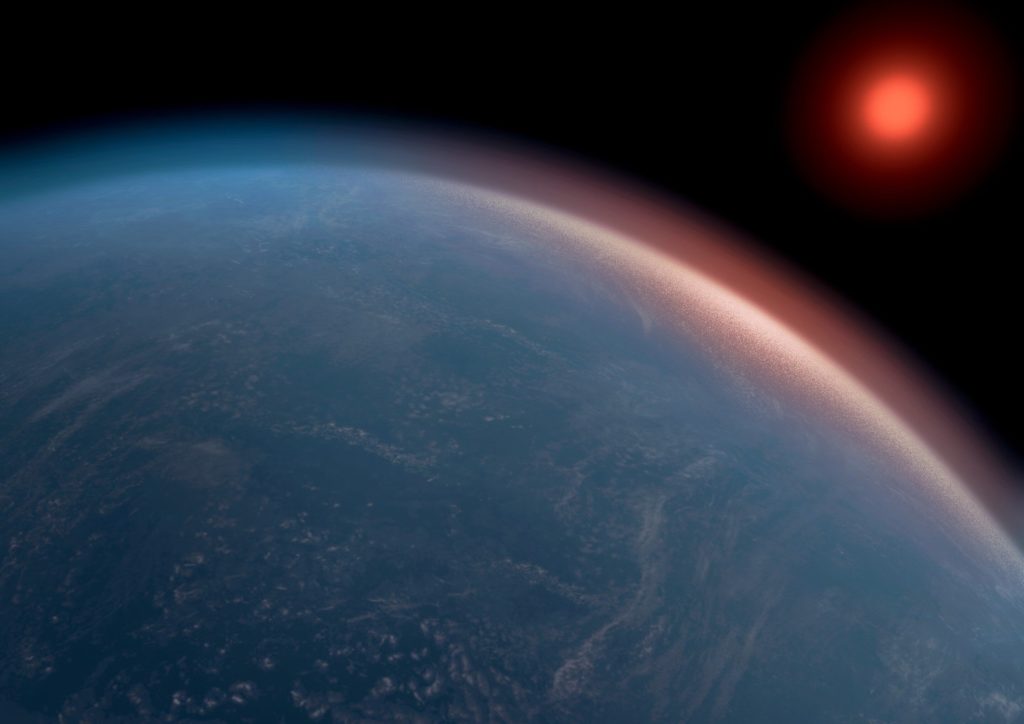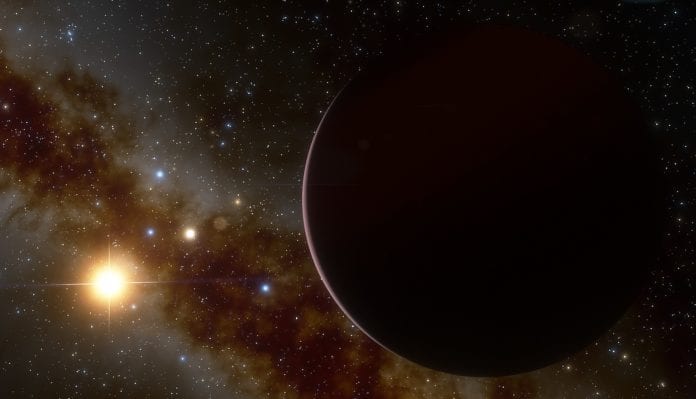Astronomers have long pointed their telescopes towards the far reaches of the Universe in the hopes of finding an exoplanet that resembles Earth in any way. The motivation for this has been the fact that Earth is highly fine-tuned to support life. Therefore, any resemblance to our home increases the chances of a planet having life astronomically.
The implications of finding life anywhere besides Earth is not something that needs to be explained. So far, astronomers have had some success in this endeavour. After the launch of satellites made specifically to hunt these Earth-like Exoplanets, the number of exoplanets discovered lies in the thousands.

Astronomers at the Canterbury University have found an incredibly rare exoplanet that is comparable to Earth in size and is in the Milky Way Galaxy. The Exoplanet lies in the select category of Exoplanets that have been found to be comparable in size as well as the orbit of Earth.
The discovery is extremely rare as the team had to observe the same spot of the night sky for days for their instruments to perceive a distortion for five hours. After they had confirmed that the distortion was not a result of instrument error, they proceeded to figure out the exact characteristics of the star-planet duo.
The method that the researchers employed for detecting the exoplanet is quite fascinating. The researchers utilized something known as gravitational microlensing to spot the planet. The effect is observed when light from a more distant star in the background is magnified in a particular way because of the gravitational effects of the host star of the Exoplanet. The phenomenon was observed using a network of telescopes distributed around the globe. The chances of the microlensing effect occurring is one in a million and the chances of observing a planet when the phenomenon is underway are near zero.

The discovery was made in 2018. Observed independently by Optical Gravitational Lensing Experiment (OGLE) in Chile, and the Korea Microlensing Telescope Network (KMTNet), this occurrence of microlensing was different. The KMTNet can observe one hundred Million stars simultaneously and detects about 3000 events of microlensing every year. The observation which later resulted in the discovery of the said Exoplanet required months of computer analysis to determine that the eccentric observation was due to a pair of star and a low mass planet.
The network of telescopes around the world is constantly observing thousands of stars simultaneously in the hopes of finding such an exoplanet. The special thing about the location of this Exoplanet is that it is located near the Galactic Bulge, which is another way to refer to the centre of the Galaxy. This discovery is another testament to the fact that science is inching closer to a better understanding of our Galaxy.
Further Reading:


